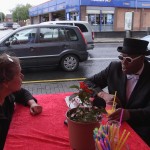on 2 August 2017, Noha was invited to give a webinar for GlobalNet21 – the leading forum in the UK for discussing the major issues in the 21st Century. They share a common concern for the sustainability of both our planet and the people on it. With almost 20,000 network members in the UK and abroad, they are making the debate, and democracy, more accessible by enlarging the Public Square and using social networks.
As well as a network of individuals GlobalNet21 have also set up a collaborative network of organisations to exchange good practice and transfer knowledge so that they can learn from each other. This network is cross boundary and includes local authorities, housing associations, universities, community groups and social enterprises. Their aim is through dialogue to celebrate diversity and develop community self-resilience and sustainability at a time of unprecedented social and environmental change.
Noha shared MELA’s story and how the social enterprise was set up. This is her talk’s summary:
In the past few months we have witnessed horrific incidents in London of terrorism and tragedies like the Grenfell Tower inferno. What these incidents represent is the growing tension within multicultural societies – a tension in ideology, in social inequality, and urban segregation. Diverse societies in global cities, like London, are experiencing the impact of these tensions on the relationships people have with each other. Mistrust, suspicion, bigotry, prejudice and discrimination are just some of the barriers to social cohesion that ultimately unfold into the horrific incidents we have recently witnessed.
So what can be done about this? My personal commitment and passion is to bridge cultures. In 2015 I set up my social enterprise, MELA, as a vehicle for bridging cultures through the creative use and design of public spaces . In the public buildings and spaces of the city, like parks, playgrounds, squares, libraries, and streets, diverse communities mingle and mix. MELA focuses on enhancing and optimising these social encounters so that they are deep and meaningful. We do this through community dialogue and building, we hold enjoyable events where diverse people get to experience each other differently, and we design city spaces that have greater opportunities for random encounters.
Setting up a social enterprise has many benefits that appealed to me. We trade flexibly like a company but we uphold high social values and prioritise social impact. We re-invest any profits we make into the business and therefore grow our social impact. In a world today where disruptive innovations are dismantling deep-seated systems and processes, social enterprise business models are proving the way forward. It is worth exploring.
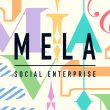
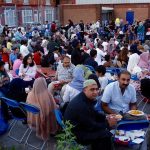
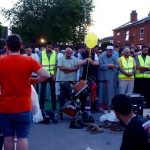
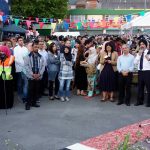
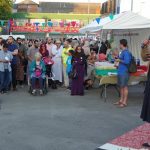

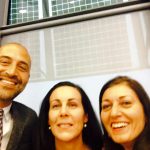 Posing with Deputy Mayor of Social Integration, Matthew Ryder
Posing with Deputy Mayor of Social Integration, Matthew Ryder